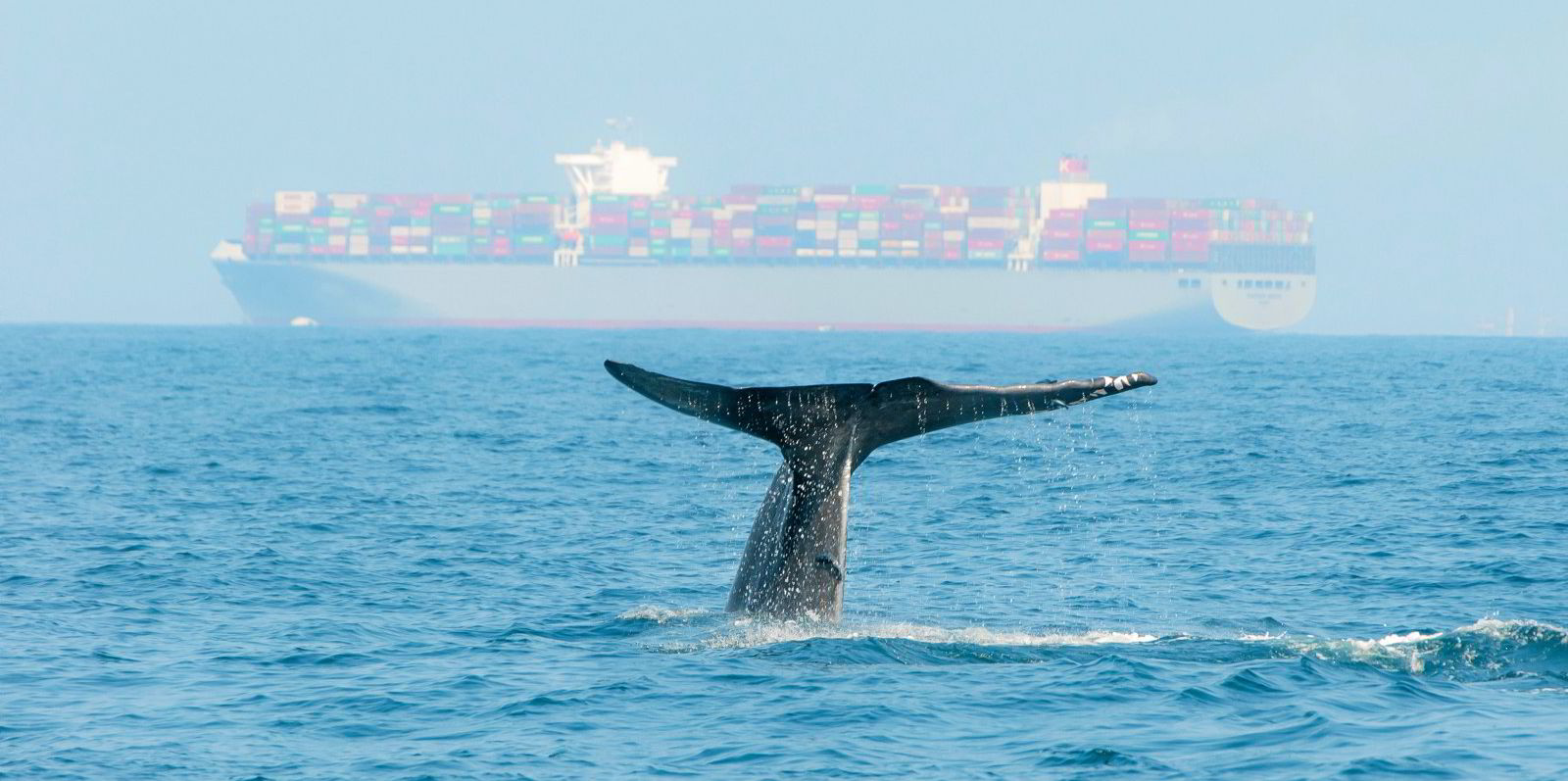An €8m ($8.1m) project to make navigation safer by integrating sensor technology into existing electronic bridge equipment is being kicked off by a former LNG carrier master.
SafeNav founder Captain Jorgen Grindevoll believes he has come up with a system that can bring “a new pair of eyes” to the bridge and make navigation safer for seafarers today, rather than focusing on a distant and amorphous autonomous future.
The three-year SafeNav project, in part funded by the European Commission and UK Research & Innovation, involves a consortium of companies, including UK sensor technology developer Ladar, the University of Genova and Greek container ship owner Danaos Shipping.
The Italian university will provide a full-scale bridge simulator to test new technologies, and the resulting prototype is likely to be tried out on a Danaos vessel, assuming class approval.
Other members of the consortium are Cyprus’ digital navigational systems developer Offshore Monitoring (OSM); Norwegian safety systems organisation SAYFR, which will address human behaviour behind the root causes of accidents; and UK-based LNG shipping consultancy Global Maritime Services.
They are joined by French Naval Group systems integrating firm Sirehna and environmental advisor Greenov-ITES, plus academic institutions the Interuniversitair Micro-Electronica Centrum in Belgium and the University of Rijeka in Croatia that will participate in the technical development of algorithms.
The end system will consist of a module for automated collision prevention, complemented by a decision-support module to provide an effective visual representation for navigators of multi-source data, according to Grindevoll.
The Norwegian, who is chief executive of Ladar, was previously a director at OSM and spent seven years at Hoegh LNG, rising from marine superintendent to ship’s master. He said that over two decades he has sailed on most types of vessels, including tankers, bulkers, offshore support boats, tugs and cable-layers.
Grindevoll is reticent to give too much detail about how the SafeNav system will work, as he does not want bigger technology groups taking his ideas.
But his vision of improving what exists today on the bridge envisages “a system where everything is integrated into a decision support system that provides data feeds of all the targets and information around your vessel that are the first risk of collision or grounding”.
“It will give you a new pair of eyes.”
SafeNav will use an innovative combination of sensors, radars and cameras to detect, classify and track objects and targets in a vessel’s path, including partly submerged objects.
“Technical teams at the bigger companies are potentially not looking at the challenges like navigators do, and are not aware of all the issues we face onboard during regular navigation duties,” he said, whereas the SafeNav project has about 100 years of navigational experience within it.
“I really feel that if I can save one life or avoid a large accident, then I will be satisfied with the system,” Grindevoll added.
SafeNav is not looking to jump straight to autonomous shipping.
Founder Jorgen Grindevoll believes bigger technology companies have gone more for setting up small demonstration vessels that can then be sailed remotely around a small area.
“It’s OK to sail around a bay with a remote-operated surface vessel, but my unpopular opinion is that I feel people were doing this 10 years ago,” he said.
“We all have to aim for the first stage [of levels to autonomous ships set by the International Maritime Organization]. First you have to help the guys on board now. There are several steps to overcome before we can go all ‘hands-off’.”





